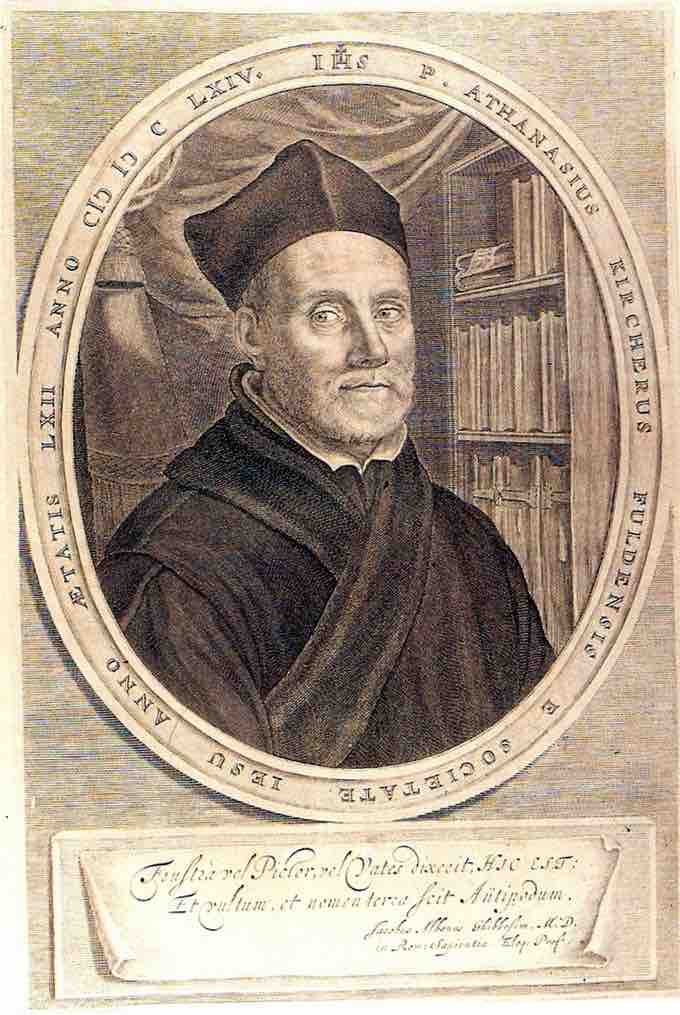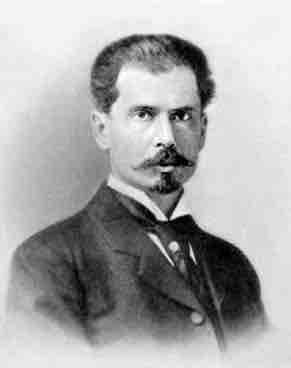Modern microbiolgy began with the discovery of microbes, and the scope and scale of the field continues to expand today.
While there is some debate, modern microbiology is accepted by most to begin with observations by the Dutch draper and haberdasher, Antonie van Leeuwenhoek, who lived for most of his life in Delft, Holland. In 1676, van Leeuwenhoek observed bacteria and other microorganisms, using a single-lens microscope of his own design. While van Leeuwenhoek is often cited as the first to observe microbes, Robert Hooke made the first recorded microscopic observation, of the fruiting bodies of molds, in 1665.
It has been suggested that a Jesuit priest called Athanasius Kircher was the first to observe microorganisms. One of his books contains a chapter in Latin, which reads in translation – "Concerning the wonderful structure of things in nature, investigated by Microscope. " Here, he wrote "who would believe that vinegar and milk abound with an innumerable multitude of worms. " He noted that putrid material is full of innumerable creeping animalcule. These observations antedate Robert Hooke's Micrographia by nearly 20 years and were published some 29 years before van Leeuwenhoek saw protozoa.

Athanasius Kirche
A portrait of the 17th century Jesuit priest Athanasius Kirche, who arguably discovered microbes.
The field of bacteriology (later a subdiscipline of microbiology) was founded in the 19th century by Ferdinand Cohn, a botanist whose studies on algae and photosynthetic bacteria led him to describe several bacteria including Bacillus and Beggiatoa. Cohn was also the first to formulate a scheme for the taxonomic classification of bacteria and discover spores. Louis Pasteur and Robert Koch were contemporaries of Cohn's and are often considered to be the father of microbiology and medical microbiology, respectively. Pasteur is most famous for his series of experiments designed to disprove the then widely held theory of spontaneous generation, thereby solidifying microbiology's identity as a biological science. Pasteur also designed methods for food preservation (pasteurization) and vaccines against several diseases such as anthrax, fowl cholera, and rabies.
Koch is best known for his contributions to the germ theory of disease, proving that specific diseases were caused by specific pathogenic microorganisms. He developed a series of criteria that have become known as the Koch's postulates. Koch was one of the first scientists to focus on the isolation of bacteria in pure culture resulting in his description of several novel bacteria including Mycobacterium tuberculosis, the causative agent of tuberculosis. While Pasteur and Koch are often considered the founders of microbiology, their work did not accurately reflect the true diversity of the microbial world because of their exclusive focus on microorganisms having direct medical relevance.
It was not until the late 19th century and the work of Martinus Beijerinck and Sergei Winogradsky, the founders of general microbiology (an older term encompassing aspects of microbial physiology, diversity, and ecology), that the true breadth of microbiology was revealed. Beijerinck made two major contributions to microbiology: the discovery of viruses and the development of enrichment culture techniques. While his work on the tobacco mosaic virus (TMV) established the basic principles of virology, it was his development of enrichment culturing that had the most immediate impact on microbiology by allowing for the cultivation of a wide range of microbes with wildly different physiologies. Winogradsky was the first to develop the concept of chemoautotrophy and to thereby reveal the essential role microorganisms played in geochemical processes. Specifically, he was responsible for the first isolation and description of both nitrifying and nitrogen-fixing bacteria.

Sergei Winogradsky
An image of Sergei Winogradsky,who discovered nitrogen-fixing bacteria.